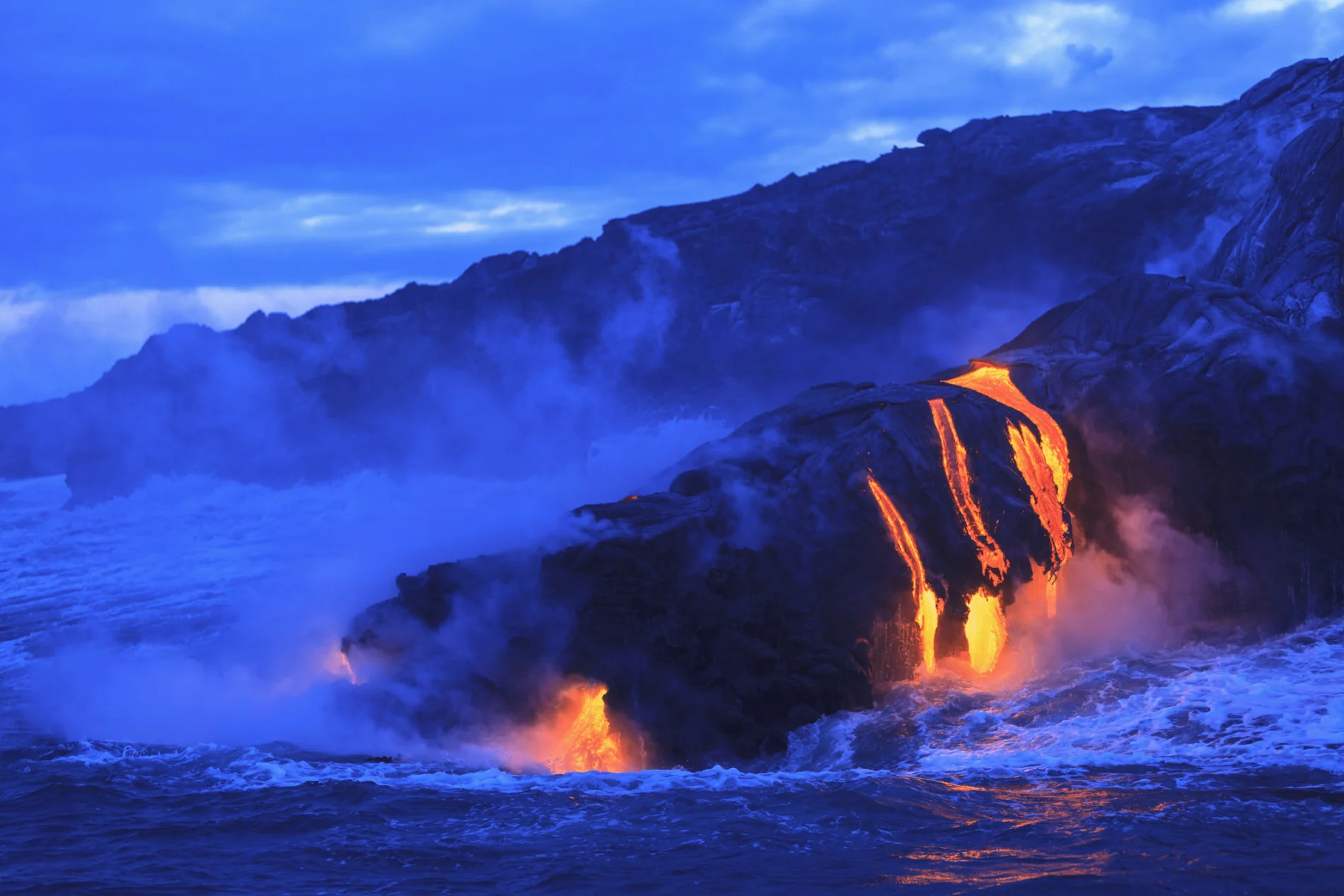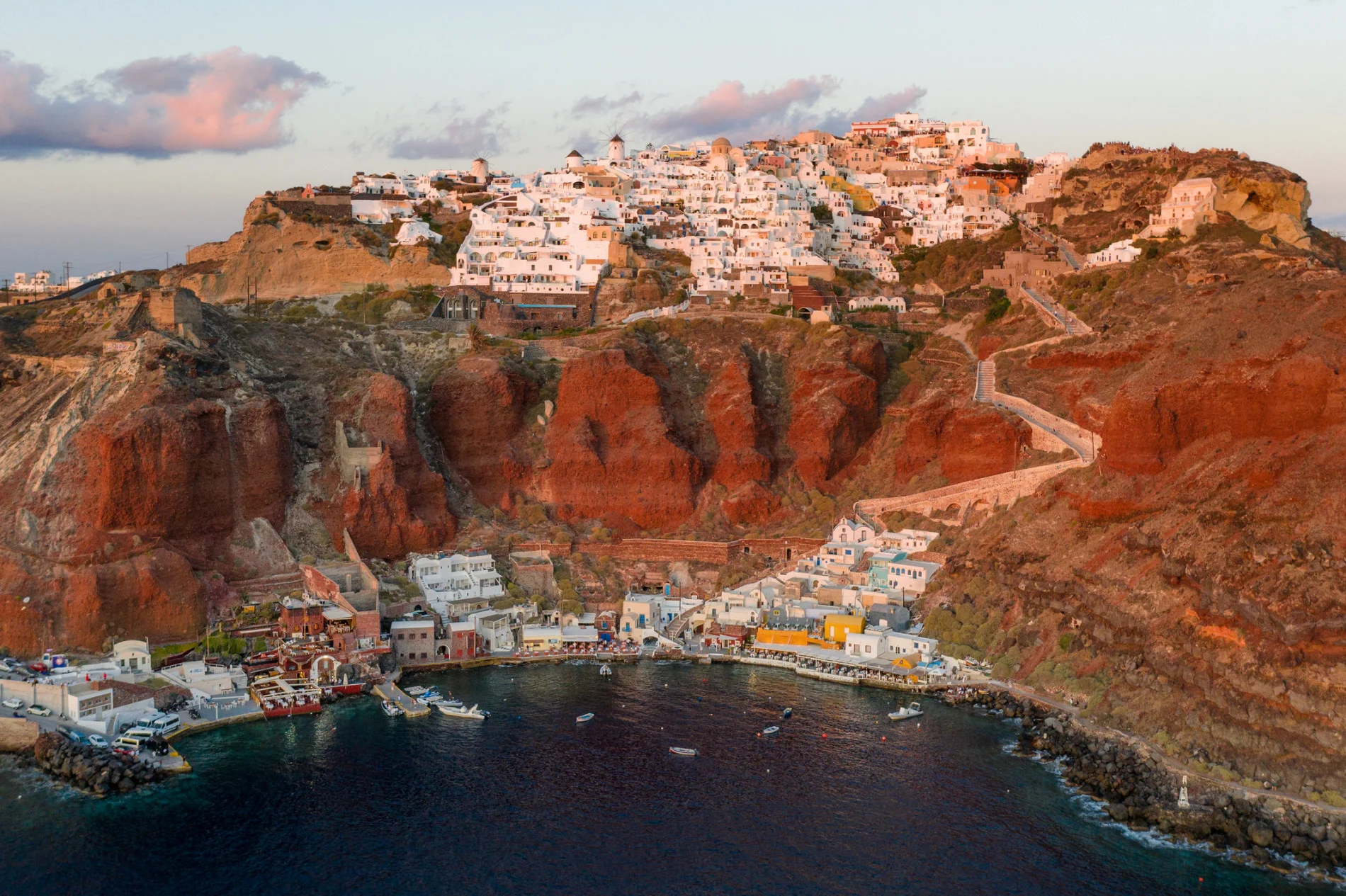
Volcanic eruptions are influenced by changing sea levels, study finds
Estimating future volcanic activity will become more challenging with rapidly rising sea levels, scientists say.
The Greek islands are a famous destination for the stunning ocean views and picturesque villages settled along cliffs. Santorini, one of the most famous islands in Greece, was formed by a volcano and is considered to be a natural world wonder by many.
There are a number of active volcanoes on Santorini that are visited by tourists each year. Tectonic plate activity is responsible for causing most volcanic eruptions, but scientists have confirmed a different type of trigger: changes in sea level.
A study published by Oxford Brookes University researchers reports that the rise and fall of sea levels influence the likelihood of volcanic eruptions on Santorini. Eruptions that occurred during the past 360,000 years were studied and the researchers found that eruptions are more likely to occur when there is a 40 metre fall in sea level. Alternatively, volcanic activity disappears after the ocean surpasses a height of 40 metres below sea level.

Santorini is an active, albeit dormant, volcano in Greece. (Lepretre Pierre. Moment. Getty Images)
“The mechanism is quite simple: falling sea levels remove mass from the Earth’s crust and the crust fractures as a result. These fractures allow magma to rise and feed eruptions at the surface,” Dr. Christopher Satow, senior lecturer in physical geography at Oxford Brookes, said in the university’s press release.
The researchers hypothesize that there are hundreds of other volcanic islands on Earth that have been influenced by sea level changes. In addition to these findings, Satow said that climate also impacts volcanic activity.
“What is less well known is that on long timescales, the climate can also affect volcanoes. As ice sheets retreated across volcanic landscapes after the last ice age, the removal of mass changed the stress conditions in the Earth’s crust, allowing the fractures which feed volcanic eruptions to form more easily,” Satow stated.
“As these ice sheets melted the global sea level rose rapidly, by around 100 meters, adding a significant mass to the crust around many volcanic islands which, in theory, should alter their eruptive activity.”

Nisyros, a volcanic island in Greece. (cunfek. E+. Getty Images)
The study says that 57 per cent of all volcanoes are islands or on the coasts of regions with large populations, which is why more research is needed to predict how sea level rise will impact volcanoes and the risks that nearby populations will face. Current research does not currently indicate that all sea level rise will suppress volcanic activity as it has done in Santorini, which adds uncertainty to predicting future scenarios.
“It's not certain that all ocean volcanoes will react to sea level changes as Santorini has. What is likely is that volcanoes with very shallow magma reservoirs (like Santorini) are likely to be more sensitive to sea level changes than volcanoes with deep reservoirs of magma. In addition, there are other factors which can initiate eruptions, like huge landslides from the flanks of a volcano, [such as] Tenerife, for example,” Satow said to The Weather Network.
“The trouble is that other volcanoes are much harder to study because they might have destroyed a lot of their own volcanic records or we don't know anything about the depth of the magma reservoirs — it's very expensive and time consuming to do the seismic surveys necessary to find that out.”
The study concludes that sea level rise caused by human-released greenhouse gas emissions could make future volcanic activity projections inaccurate due to the rapid ongoing changes. To minimize error and uncertainty, the researchers recommend that calculating future eruptive behaviour should consider how sea level variations affect local volcanic systems.
Thumbnail credit: Stuart Westmorland. Corbis Documentary. Getty Images












